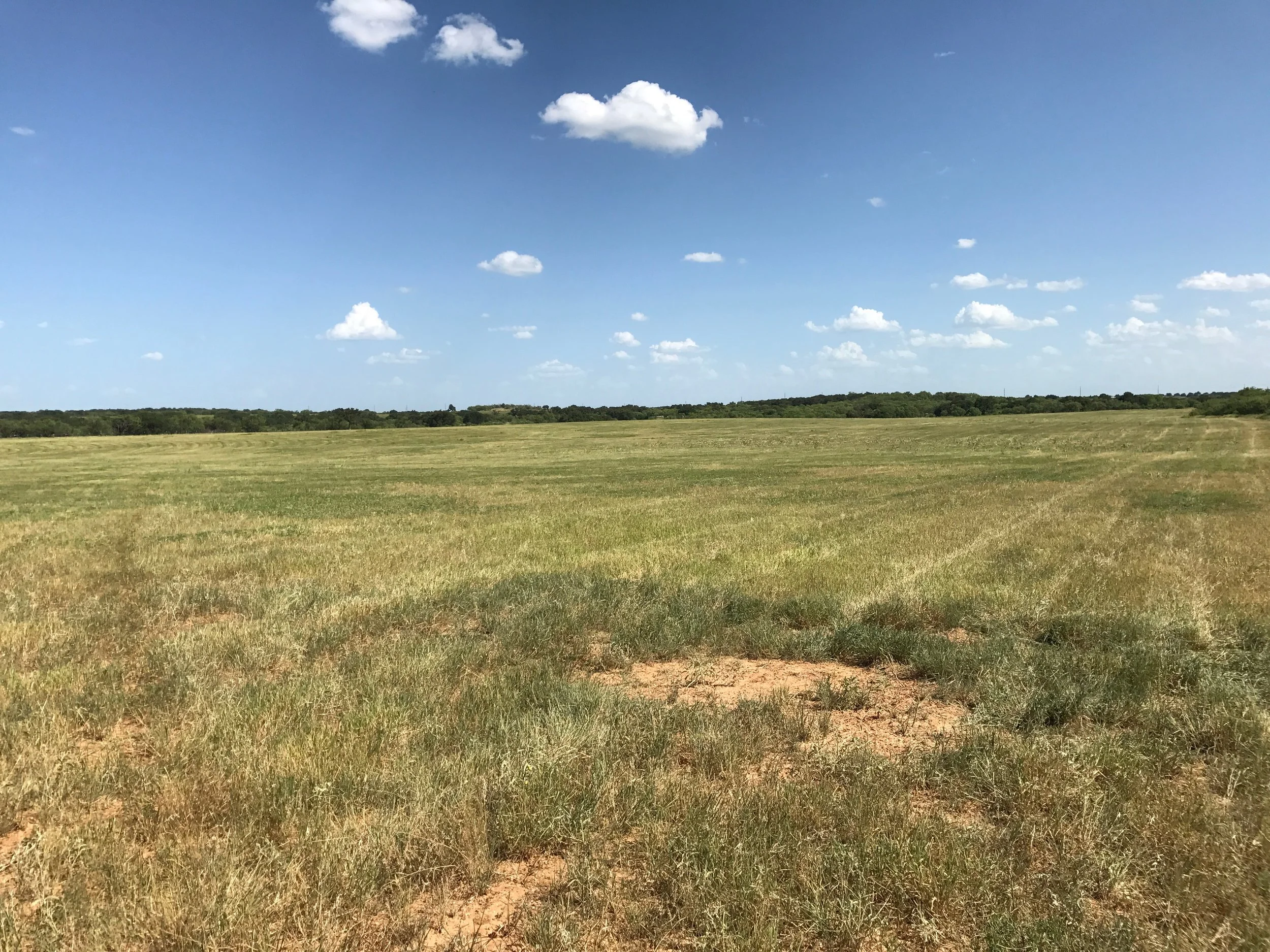

HISTORY
The Texas Longhorn is one of the state's most iconic symbols as it has been closely associated with Texas history for centuries. This distinctive breed of cattle played a vital role in Texas' heritage, and today the state even maintains a herd of traditional longhorn, allowing residents and visitors to experience these graceful animals first-hand.
The Texas Longhorn became the foundation of the American cattle industry by claiming first rights in the untamed, newly discovered Americas more than 500 years ago. In 1690, the first herd of cattle was driven north from Mexico to what would eventually become Texas.
Travelers crossing Texas in the early 1800s told stories of seeing many wild cattle, often thought to be native species. Early Texans looked on free-range cattle as game, much like deer and buffalo, albeit very wild and even more difficult to hunt. First known as “Texas cattle,” and later, “Texas Longhorns,” the animals had spread over a wide area by the time Texas won its independence from Mexico in 1836.
By the Civil War, millions of Longhorns ranged between the mesquite-dotted sandy banks of the Rio Bravo to the sand beds of the Sabine. Most of the Longhorns were unbranded, survivors of Indian raids, scattered by stampedes and weather, escaped from missions or abandoned after ranch failures. After the Civil War, Texas veterans returned home to a poor state and devastated economy. Fortunately, they had access to a marketable commodity—millions of wild longhorn cattle. Transporting cattle north to beef-starved markets presented a challenge. Thus began overland cattle drives via famous cattle trails such as the Western, Chisholm and Goodnight-Loving to the great rail yards in Kansas, Wyoming and other northern states.
Less than 40 years later in the early 1900s, the Longhorn was closer to extinction than the buffalo and ranchers saw the longhorn as a less desirable breed of cattle. Rail access improved, barbed wire closed the open range, trail drives become memories, and ranchers no longer transported beef cattle to faraway markets. Ranchers favored European breeds that yielded more beef per animal, and the number of longhorns fell.
In 1927, the Federal government stepped in to help preserve the Texas Longhorn and a great part of our American heritage. Congress assigned forest service rangers the task of putting the first herd together for Wichita Mountains Wildlife Refuge in Oklahoma. Gradually, more breeders started raising private stock, recognizing the value of Texas Longhorns.
In recent years, Texas longhorns have increased in recognition , due to many desirable traits, including longevity, calving ease, resistance to disease and parasites, foraging adaptability, climate adaptability, mothering ability, leaner beef, less dependence on humans, and excellent fertility. Many of these traits are due to the number of years the cattle survived in Texas without influence from humans, allowing the breed to form its characteristics through natural selection in the harsh Texas climate.

RESOURCES & AFFILIATES
Ash III is a proud and active member of multiple longhorn and cattle industry associations. We recommend visiting the following websites in order to learn more about the rich history of the Texas Longhorn and its important role in Texas and Western settlement. We have thoroughly enjoyed learning about these beautiful creatures and becoming a part of the community of breeders and owners. Below are some of the best resources available for parties interested in learning more about Texas Longhorns.
Cattlemen's Texas Longhorn Registry
International Texas Longhorn Association
Southwestern Exposition & Livestock Show
Texas and Southwestern Cattle Raisers Association
Texas Longhorn Breeders Association of America

Sales and Inquiries:
The Texas Longhorn cattle raised at Ash III are for sale at all times. Please email us via the below form. We would love to speak with you and meet and learn with more members of this special community of Texas Longhorn owners and breeders.
Email: mark@ashthree.com
Phone: 817-319-5798
Location: Cisco, Texas


